
 Innovative Technology to Improve the Efficiency of Heat Transfer Systems
Innovative Technology to Improve the Efficiency of Heat Transfer Systems
Discover how advanced technology is revolutionizing Heat Transfer Systems (HTS), also known as thermal fluid heating systems or hot oil systems. These systems are essential for industries requiring precise temperature control and high-temperature operations without high pressure.
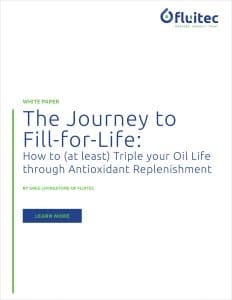 The Journey To Fill4Life
The Journey To Fill4Life
This whitepaper will teach you how to increase the life of your Turbine and Compressor oils, perhaps indefinitely… Sacrificial antioxidants play a critical role in determining the life and performance of turbine oils. The vast majority of the time when these oils are changed.
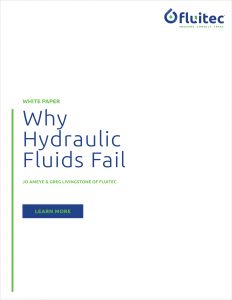 Why Hydraulic Fluids Fail
Why Hydraulic Fluids Fail
The annual global demand for hydraulic oils is approaching 5 billion liters, approximately 10% of all lubricants sold. Hydraulic oils are used in a wide variety of applications; however most of these applications have one thing in common: more severe operating conditions are resulting in accelerated fluid failure.
One of the most important properties measured in operating hydraulic fluids is its cleanliness. Although measuring contamination is an important aspect, contaminants cause equipment failure but not necessarily fluid failure. This presentation will explore the various mechanisms causing hydraulic fluid degradation and suggest methods to detect and avoid premature fluid failure.
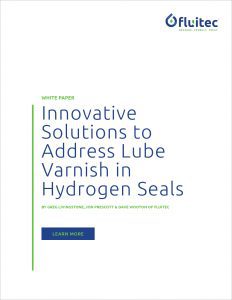 Innovative Solutions to Address Lube Varnish in Hydrogen Seals
Innovative Solutions to Address Lube Varnish in Hydrogen Seals
There is a plethora of varnish mitigation technologies available for mitigating varnish in large-volume lube oil sumps. These technologies are commonly installed on turbine oil reservoirs. However, there are so many other applications where varnish and deposits create reliability concerns, such as hydraulic units, gearboxes, and compressors. Even wind turbines can have performance problems due to deposit formations.
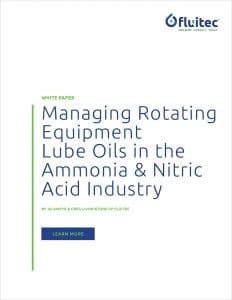 Managing Rotating Equipment Lube Oils in the Ammonia & Nitric Acid Industry
Managing Rotating Equipment Lube Oils in the Ammonia & Nitric Acid Industry
Compressors are an important machinery asset in the production of fertilizers and are integral in their ammonia and nitric acid production lines. Reliable compressor performance is dependent upon having a high quality, well maintained lubricant. These compressor lubricants are placed under a lot of thermal stress and may be exposed to process gases, which can cause rapid fluid deterioration. These chemical changes in the lubricant manifest themselves into mechanical challenges in the compressor set, such as vibration, bearing temperature increases and valve sticking in hydraulically manipulated controls. This paper examines the nexus between these chemical changes in the fluid and mechanical impacts to the machinery. Furthermore, best-practice condition monitoring strategies and maintenance actions are suggested for integration into a fertilizer plant’s reliability program.
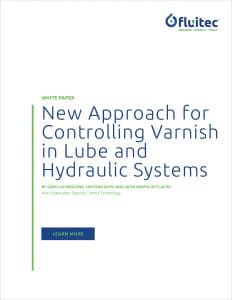 New Approach for Controlling Varnish in Lube and Hydraulic Systems
New Approach for Controlling Varnish in Lube and Hydraulic Systems
This whitepaper reveals that after treating the client’s in-service hydraulic oil with Solvancer™, clients witnessed noticeable and immediate improvements in clamp speed and cycle time. Furthermore, significantly less time was required during their next shutdown to facilitate a mold change-over.
